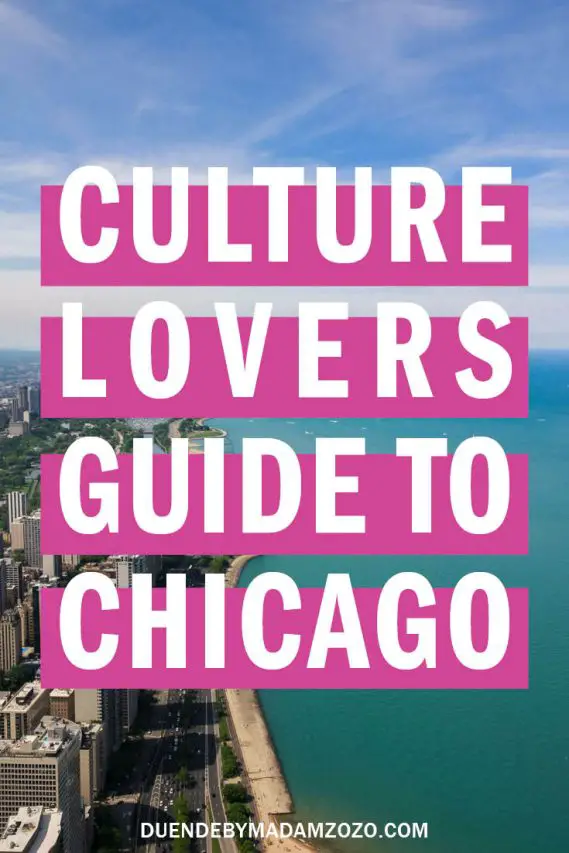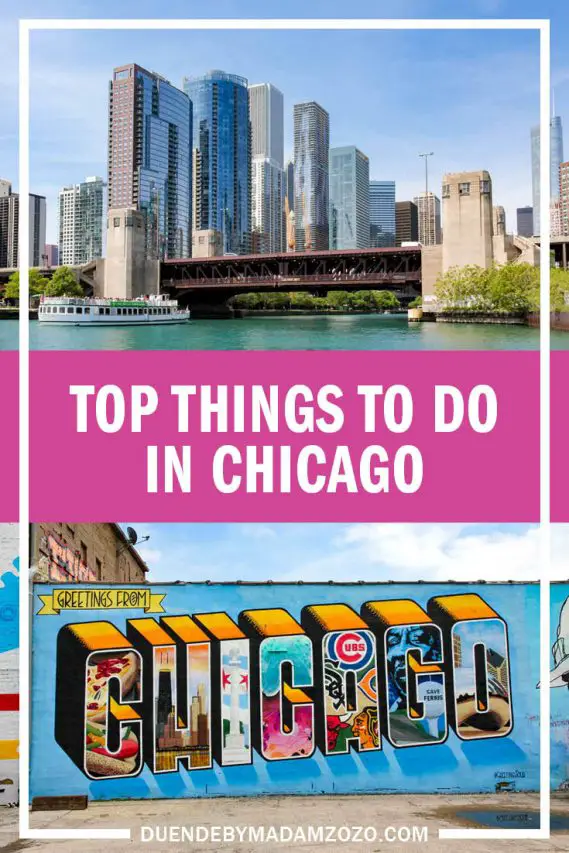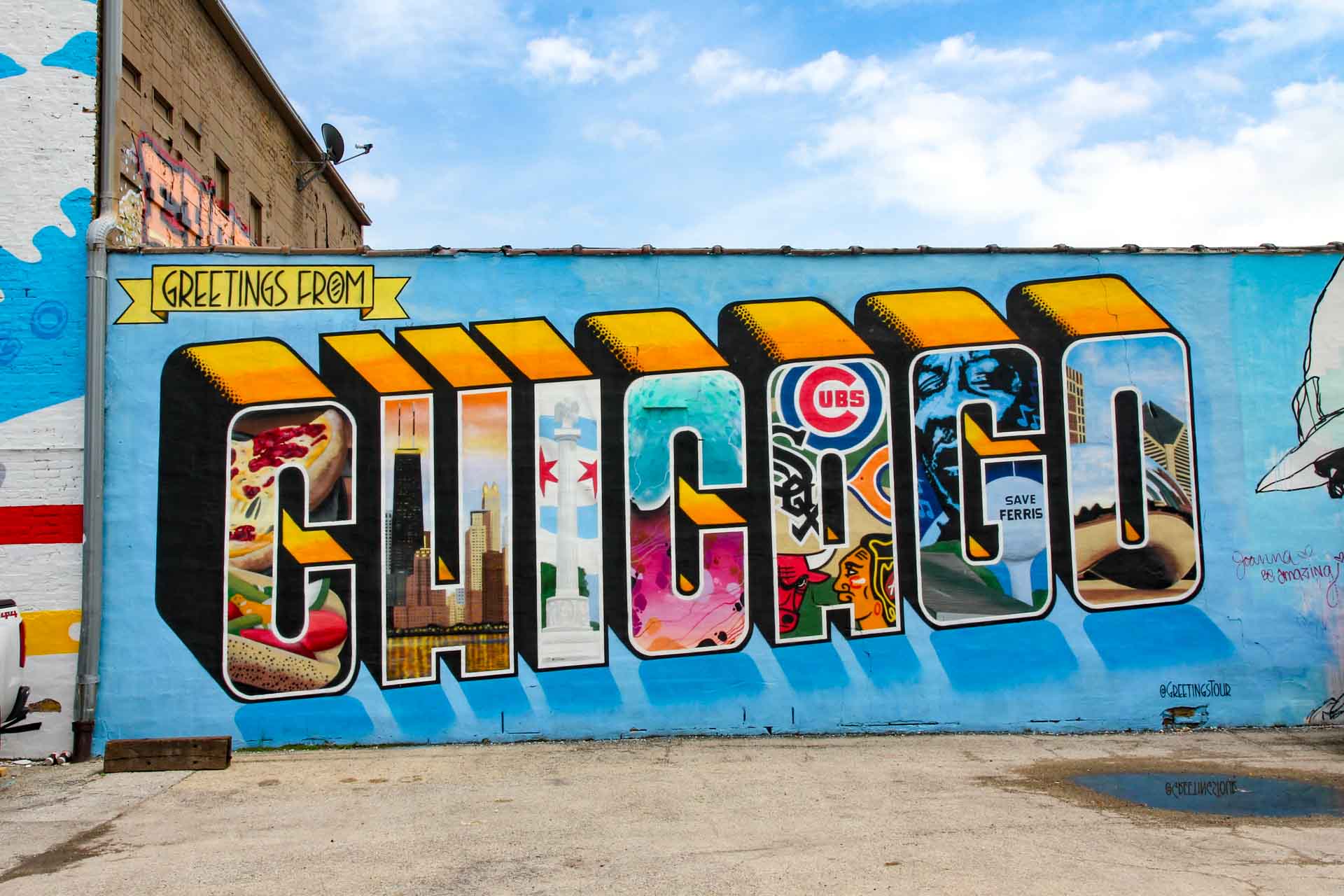Frank Sinatra sang “Bet your bottom dollar you lose the blues in Chicago, Chicago” – seems like a pretty solid recommendation. But don’t take Ol’ Blue Eyes word for it, after all, he also sang “In Chicago, Chicago my home town” and we all know he was really a Jersey boy. So go check it out for yourself! Here are my recommendations on what to do in Chicago for cultural travellers in search of great art, architecture, history, food and fun.
Disclosure: I may earn compensation from the purchase of any product or service linked on this website, at no extra cost to you. I only link to products I use and love, therefore feel comfortable recommending.
Visit the Chicago Institute of Art
The Chicago Institute of Art was founded in 1879 as a museum and school for the fine arts. It moved into its current home in 1893 as the city wound down from hosting the World’s Columbian Exposition. The beautiful Beaux-Arts building framed by a pair of bronze lions was extended over the years to accommodate the museum’s expanding collection.
Here you’ll find: Seurat’s scandalous A Sunday on La Grande Jatte, Hopper’s Nighthawks, Van Gogh’s The Bedroom, Wood’s American Gothic, Chagall’s American Windows, and Motley’s Nightlife. See some of my favourites from the Institute here.
Stroll Millenium and Grant Parks
The Chicago Institute of Art is situated between Millenium Park and Grant Park. If the weather is right, take a stroll through both green spaces to see landmark public art and architecture on the banks of lovely Lake Michigan. You will find a timeline of pieces ranging from the contemporary, metallic bubble of Cloud Gate completed in 2006, to the landmark, Rococo-inspired Buckingham Fountain dedicated in 1927. My personal favourite is the Jay Pritzker Pavilion designed by the incomparable Frank Gehry.
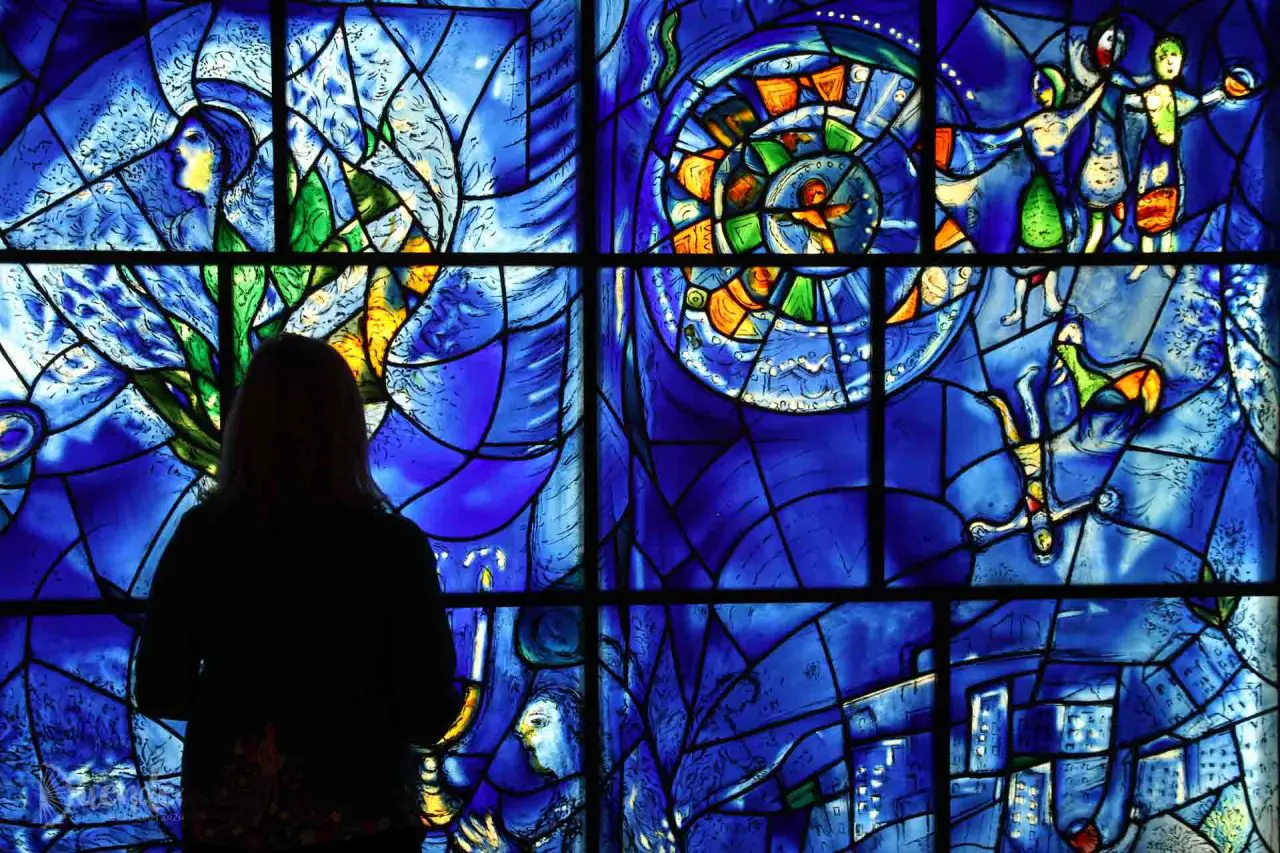


See the Chicago Cultural Center and its magnificent Tiffany Dome
The Chicago Cultural Center was originally built to house the central library and Grand Army of the Republic (GAR) meeting hall and memorial. It was later transformed into a Cultural Center. Designed in Beaux Arts style, the opulent building opened in 1897. The Cultural Center has two beautiful domes, one over the GAR Memorial and another over Preston Bradley Hall.
The Preston Bradley Hall cupola is well known for the largest stained-glass Tiffany dome in the world. The impressive leadlight installation measures 11.5-m (38-ft) in diameter and consists of around 30,000 pieces of glass. Make sure you take in both the Washington and Randal Street ends of the building, as each has something to offer. If you can, take a free building tour offered Wednesdays through Saturdays at 1:15pm – details here.
Field Museum of Natural History and Shedd Aquarium
Continue walking south through Grant Park. Eventually you’ll end up in an area called Museum Campus. This 57-acre park encompasses the Adler Planetarium, Shedd Aquarium, the Field Museum of Natural History, Soldier Field and McCormick Place.
Even if you don’t have time to go inside, I recommend visiting the park just to see the architecture. You can drop into the foyer of the Field Museum and Shedd Aquarium to get an idea of their impressive interiors. The ocean-themed details of the Shedd Aquarium are outstanding!
Scope out some sculpture
Chicago’s art scene isn’t all inside institution walls. You can see it for free just wandering the streets. From Picasso to Miró, Chagall to Calder, you can find works contributed by world-renowned artists. These also include more contemporary works like Anish Kapoor’s Cloudgate (colloquially known as The Bean), and Jaume Plensa’s Crown Fountain. Learn more about the city’s public art collection on the official City website.





Hunt for murals in the Wabash Arts Corridor
While we are on the subject of art, walk south of the Institute from Van Buren St to Roosevelt Road. Between State Street and Michigan Avenue, and you’ll find yourself in the Wabash Arts Corridor. The urban art project by Columbia College Chicago has been transforming the South Loop business district since 2013. The program aims to reclaim derelict and unused spaces as a “living urban canvas”. Here you’ll find many large-scale murals by local and international street artists – from Kobra’s colourful portrait of Muddy Waters to Watts’ surreal image of a moose blowing pink bubblegum. You’ll find some fun and fantastic murals along the Corridor!
Get your kicks on Route 66
Also a stone’s throw from the Institute of Art is a sign demarking the start of old Route 66. It’s highly unlikely you’ve never heard of the Route 66. It inspired a famous song recorded by everyone from Nat King Cole to John Mayer, and the Disney movie Cars.
The “Mother Road” as it’s often referred to, was one of the original roads in the US Highway System. The Route runs from Chicago, Illinois to Santa Monica, California. It was once the favoured path for those migrating west, particularly in the 1930s. It saw many communities spring up along its path, but was eventually superseded in 1985 by the Interstate Highway System. This caused the decline of many of these small towns. However, sections of the Route are nostalgically designated Scenic Byways called “Historic Route 66”.
Seek glitz in the Theatre District
Even if you don’t have the time or inclination to see a show, it’s worth taking a wander around the downtown Theatre District, located in The Loop. There are countless impressive architectural moments and shimmering marquees to discover such as the Chicago, Oriental, Goodman and Auditorium Theatres.
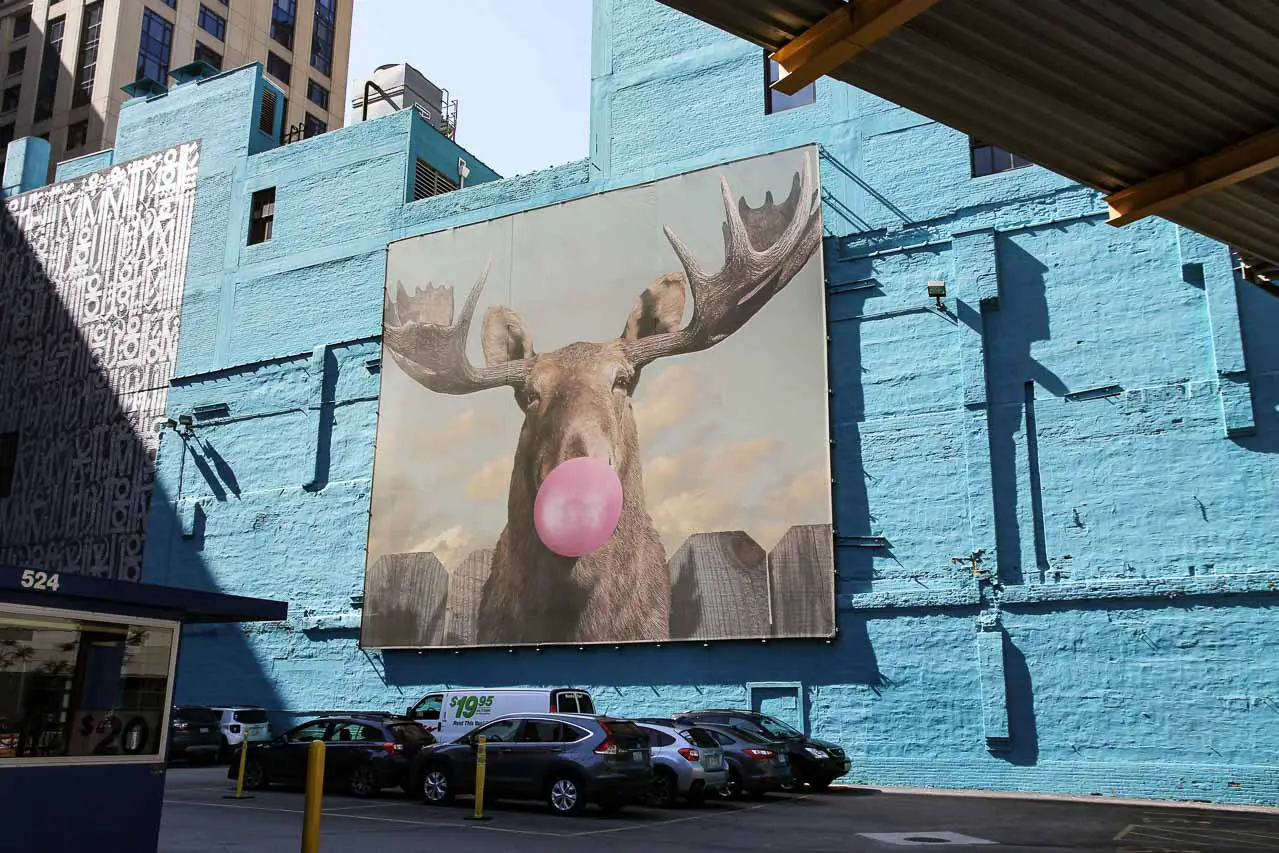



Cruise the architecture
There’s no better way to see Chicago on a warm, sunny day than to sit back on the rooftop of a boat and cruise the Chicago River. Along the way, a guide will interpret the city’s outstanding architecture and fascinating history. You’ll also learn the story of why the River runs backwards (away from Lake Michigan).
Shop the Magnificent Mile
Chicago’s premier commercial district is located on a section of Michigan Avenue north of the Chicago River. I can’t report on the shopping as rampant consumerism is not my cup of tea. However, there are other reasons to see this part of the city. These include the amazing terracotta Wrigley Building, historic Chicago Water Tower and neo-Gothic Tribune Tower.
This is also where you’ll find the 94-floor views over Chicago and Lake Michigan from the 360Chicago in the John Hancock Center. I’m not going to lie. On a busy day you’ll spend more time in the queue to go up and down the elevators, than you’ll spend in the observatory itself. But the views are worthwhile!
Explore Frank Lloyd Wright’s home and Ernest Hemingway’s birthplace
Take a tour of renowned architect Frank Lloyd Wright’s self-designed home and studio in the outer suburb of Oak Park. You can drive, Uber or take a train from downtown to the upscale neighbourhood that contains a number of Wright-designed homes. After taking a tour of the starchitects home and studio, walk around the historic neighbourhood with an audio guide.
Tip: A few blocks away from Frank Lloyd Wrights home, you will also find the birthplace of Ernest Hemingway that has been transformed into a living museum.


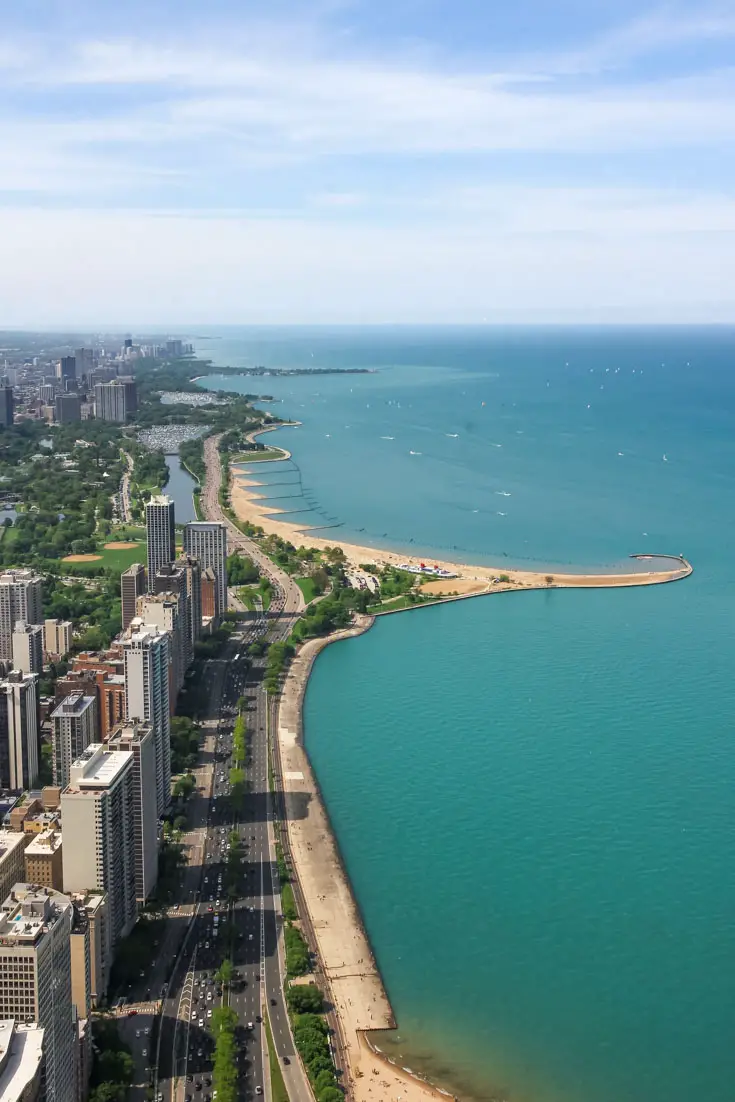
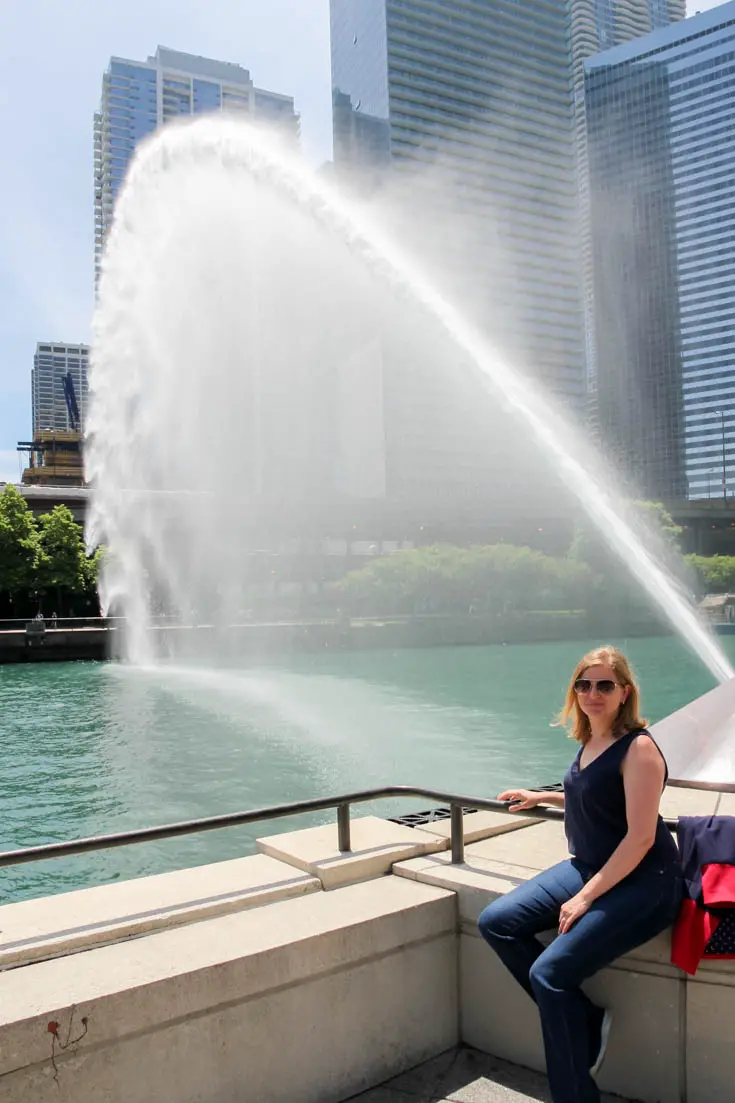


Dine and drink
Chicago is not short on good eats. Of course, you are expected to partake in at least one deep-dish pizza and a Chicago-style hot dog. When in Rome, right?! There is also plenty of better fare available.
Chicago has 21 Michelin-starred restaurants as of this post being written and many, more affordable establishments. Goddess and the Baker are aa healthy breakfast option with decent coffee, located in The Loop. Our lunch and dinner foodie favourites were Jimmy Bannos Jr’s homage to pork The Purple Pig and Rick Bayliss’ Frontera Grill.
After dinner, check out the speakeasy-style bars such as tiki-inspired Three Dots and a Dash, and Watershed’s parlour style setting with craft beers, artisan spirits and wines all sourced from around the Great Lakes region.
Cultural travellers, I hope you find your Windy City bliss with this guide on what to do in Chicago. Let me know in the comments below.
Peace, love & inspiring travel,
Madam ZoZo
